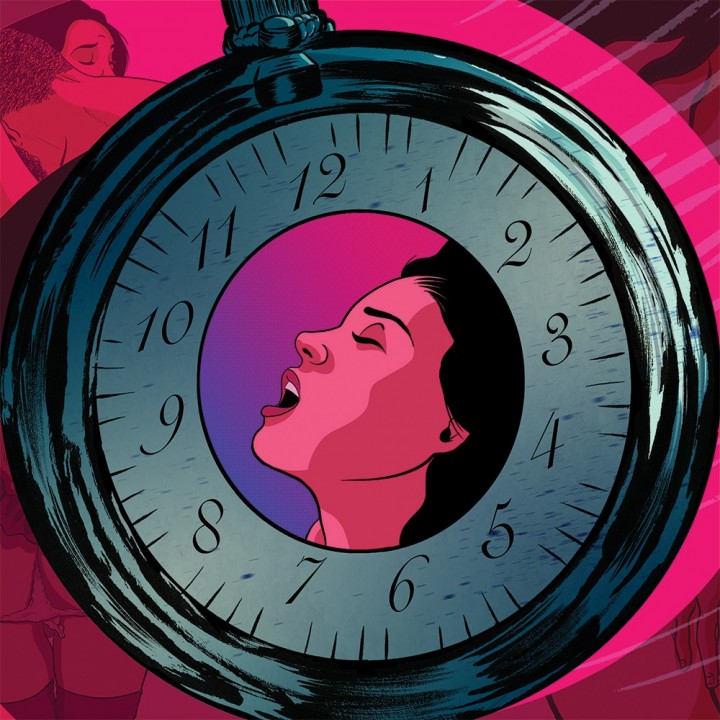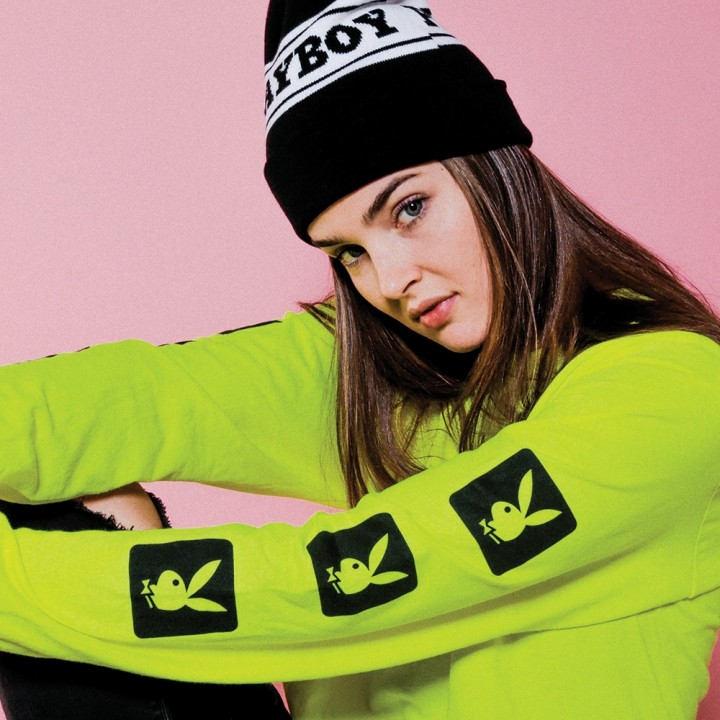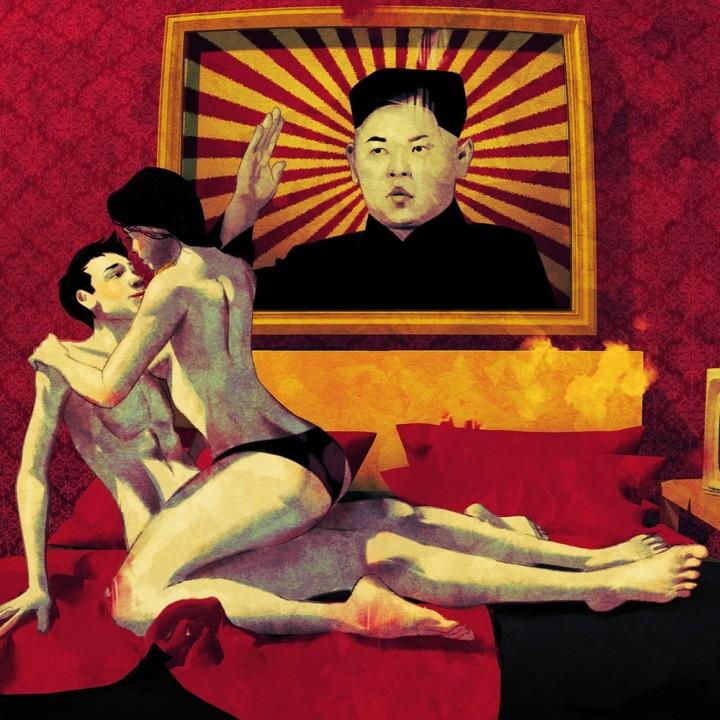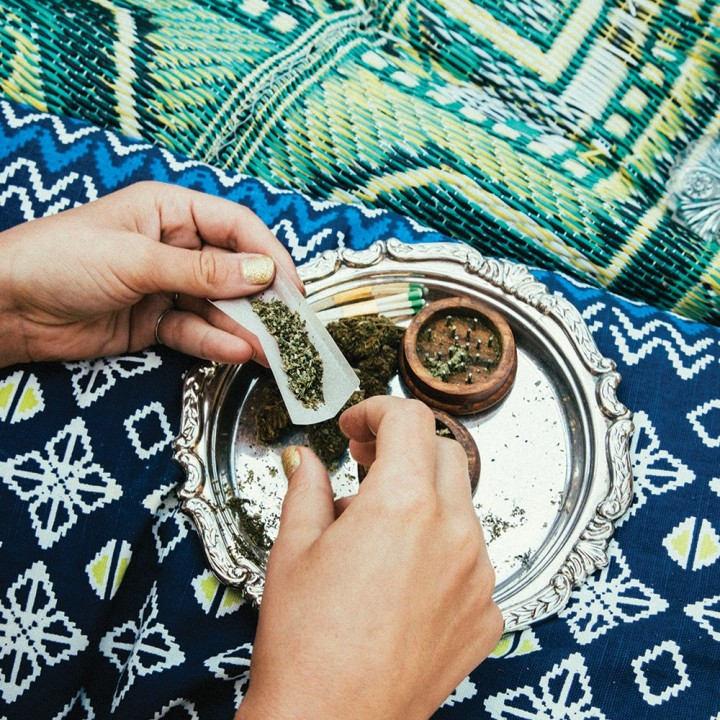
Want to Drink Like the Irish this St. Patrick's Day? Look to Dublin
The cocktail scene in Dublin, Ireland is experiencing a renaissance
Dublin’s cocktail scene is being ignited by some mighty fine craic. Pronounced the same way Americans pronounce “crack”, it can be defined as “irish hospitality”; but in practice, it is far more dynamic than its description alludes to. One bartender even guffawed to me, “your article could be to try and define the fucking thing," in reference to craic’s elusiveness. And therein was my epiphany; often duplicated around the world but never successfully replicated, it is the je ne sais quoi lifeforce that permeates every facet of Irish culture and bar life.
In this time of revival, we’re now seeing a gin and Irish whiskey production renaissance. Successes stemming from the craft movement have not only yielded profits, but ignited a fire in Irish bellies (some assert that it harkens back to Celtic Tiger times), and it’s created unbridled desires for adventures abroad. In their wanderlusting returns, Dubliners have cultivated a thirst for foreign creations from the far reaches of the world to be made available at home. This perfect storm of being able to “play” with great Irish spirits and deviate from cookie-cutter cocktails has made for crafty libation archetypes to step out of the shadows of revered pub culture and offer their own intrepid, gustatory delights. And craic is along for the glorious ride.
If you put two Irish people in a room together, there’s always craic to be had. By the end of the night, you’re mates with everyone at the bar.
"Bartenders are becoming more experimental both locally and with our team at Conrad Dublin. We are incorporating trends and showcasing each bartender’s unique craft quicker than ever before through plant-based cocktails, infusions with a healthier/sustainable balance, alcohol-free cocktails and more,” Mangan goes on. In a few short years, the Irish palette has changed drastically—and once upon a time, locals used to scoff at the notion of a cocktail. “It was considered too much of a ‘premium extravagance’,” says Memet Bradford of Coppinger Row. Moreover, ingredients of such freshness would be highly perishable compared with a simple whiskey and a pint.
A few blocks over on Dawson Street and we find ourselves in Peruke and Periwig. During the mid-18th century, the area was rife in fashion houses, but today it is a hub for multinational corporations, banks and law firms. Nestled in the thick of a business district is a testament to the universality of a “welcome bar” in Dublin—a step inside and you’re transported to a bygone Victorian-era with velvet rouge furniture, opulent chandeliers, and portraits with steely gazes in the two-story building. The ornate decor is juxtaposed by the frank and honest head bartender Aron Hayden, who speaks to me over a misbehaving fridge that buzzes and whines during our conversation. “A strong beverage program is a given, but it’s genuine interactions that matter most, and it stems from the Irish hospitality we’ve been brought up on since birth; it’s wielding the craic and bringing it wherever you go," he asserts. "You’re having fun, but I would say, in a different way. And the fun makes its way into the drinks as well; you can take yourself seriously in this business, but not too seriously.”
Mix Your Own Luck: Saint Patrick's Day Cocktail Recipes
This St. Patrick's Day, make your own party.

Watching a seasoned bartender in action is akin to observing a lively choreography unfold, “s/he could be taking the piss out of (make fun of) one lad, taking an order from someone down at the other end, and having a gas (funny/joke) with another fellow who just walked in,” explains Davis, who explains that craic is also the art of exercising non-verbal cues and social vernacular.
Moreover, as I hopped from one bar to another with Davis, it was apparent he was the man of the hour wherever we went. In any other bar setting in the world, people only associate with who they know and at best, there’s an aura of distant friendliness between acquaintances. Not here. In Dublin, there are no strangers in the bar, only friends that haven’t met yet. “If you put two Irish people in a room together, there’s always craic to be had. By the end of the night, you’re mates with everyone at the bar,” adds Stephanie Shen, a bartender at The Chelsea Drugstore. Craic therefore provides openness, inclusion and the equality; it eliminates the territorial nature and pretentiousness that can sometimes be associated with “fancy” and elaborate cocktails.
And then there’s Paul Lambert—the beverage director of The Blind Pig—who is a soft-spoken man who keeps his pulse on the craft cocktail movement. As the very first to open a speakeasy/cocktail bar in 2011, he’s been the one to watch; so much so, that he’s elicited a cult following in Dublin, if not the country already. But Lambert pays no mind; he is all at once an astute businessman with a humble manner. “It had never been done before. At the time, I was cranking out a thousand orders a week and only serving the usual suspects (cosmopolitans, piña coladas, mojitos—sometimes one or two manhattans and an old-fashioned), so to go from high-volume regulars to a bespoke speakeasy was unheard of, and risky,” be reflects on his brazen decision to open The Blind Pig.
Inside the Playboy Club New York: Master Sommelier Fred Dex Creates the Cocktail Dream
Expert mixologist Fred Dex takes cocktails seriously, so you don't have to
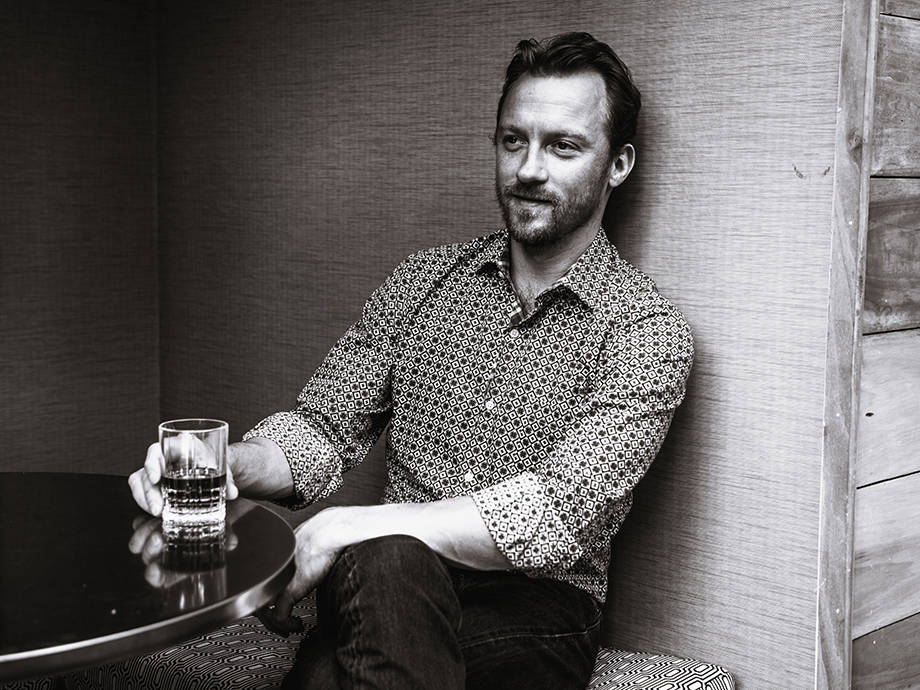
Lambert hands us a Rosy Cheeks, one of The Blind Pig’s signature cocktails that evokes a spirited seductress of flavor and includes Redbreast 12 Yr Whiskey, Sloe Gin, Crème de cacao, fresh lemon, and Cattier NV champagne in the mix. I query him about the prospect of an “official cocktail” that could represent Dublin on the world-stage. Afterall, New Orleans has the sazerac. Although the creation and its recipe has been battered and bastardized around the world, it is being reclaimed and revived with better techniques and ingredients; but more importantly, the drink was born in Ireland. “Yes, we’re incredibly proud to use Irish-made base spirits for our cocktail compendium, and I think in ten years or so, we’ll have a culture and perhaps a signature libation...but you can have best drinks in the world and the best food - but if you’ve no atmosphere, no one will want to stay or come back; I would offer that as being the craic.”
Above ground, the midnight air is brisk and we pick up our stride for one last call and head to one of Davis’s favorite traditional pubs for a night cap, to the aptly named the Long Hall. Licensed since 1766, the pub is traditional in every sense of the word with its filigree-edged mirrors, worn mahogany bar, and private snugs. He orders two Redbreast 12 Yr Irish whiskies-neat, for us; and as we revel in this sublime elixir, I contemplate on Dublin’s departure from abysmal pre-mix cocktails to its evolved and artisan creations. Although there’s no definitive cocktail culture yet, the city is on the cusp of a great one. Sláinte to that.


